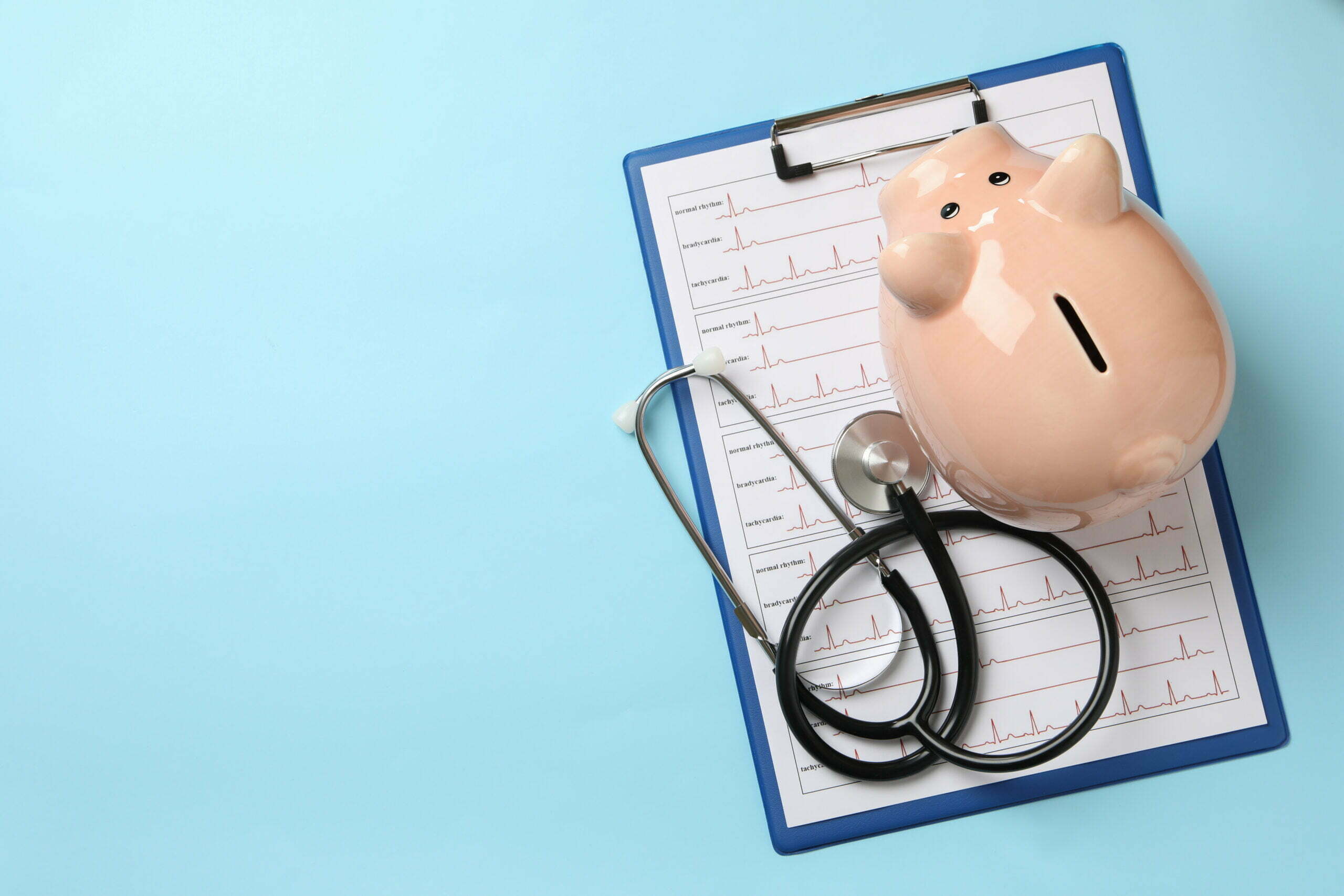Chronic diseases are not just painful, they are also costly – spending almost $3.8 trillion of the U.S. annual healthcare cost.
Chronic diseases require long-term treatment, which sometimes leads to financial strain and overall exhaustion. However, the management and treatment of chronic diseases were made more accessible by new technologies and innovations that the health sector had pioneered. Remote Patient Monitoring (RPM) is one of these technologies, and studies show that its use has significantly reduced healthcare costs and made treatment easier for patients.
According to the CDC, six out of ten Americans have at least one chronic disease, and four of them have two or more. Chronic diseases have been the leading cause of death and disability among Americans because of their complex management. Fortunately, managing these painful and very challenging illnesses without worrying too much about the cost is now possible with the use of RPM.
With RPM, chronically ill patients will be able to measure their physiological data remotely and regularly using connected medical devices. These measurements are transmitted to a cloud database, where the healthcare provider may access at any time. Some RPM, like DrKumo, also allows real-time transmission of data enabling providers to respond and take necessary actions when needed.
This article will enumerate five of the most costly chronic diseases and how to manage them using RPM.
Diabetes
According to the American Diabetes Association (ADA), in 2017, the annual cost of diagnosed diabetes in America reached $327 billion compared to $245 billion in 2012.
CDC defines diabetes as a chronic, long-lasting health condition that affects how the human body turns food into energy. This illness may lead to health complications such as heart disease, stroke, kidney disease, and even death.
However, with RPM, patients who are suffering from diabetes can manage their illness by continuously monitoring their blood sugar levels. Using a connected blood glucose meter, the healthcare providers may constantly and remotely monitor the blood sugar of their patients and may change their treatment and management plan immediately if needed. This enables healthcare providers to respond immediately to their patients’ needs regardless of whether they are in or out of the hospital or clinic.
Using the extensive data gathered from continuous monitoring, providers may improve their decision-making strategy resulting in better health management and treatment.
Heart Diseases
According to the CDC, in 2014 and 2015, heart diseases cost the U.S. Government approximately $219 billion. This includes the cost of healthcare services and medications.
Heart diseases refer to a number of cardiac conditions. The most common type of heart disease in the United States is coronary artery disease (CAD), resulting in a heart attack.
Using connected ECG and other wearables, the providers may monitor their patients’ heart rhythm, blood pressure, heart rate, and cholesterol level remotely and continuously. The data supplied by the continuous monitoring will help the providers adjust their patients’ medication, treatment, or maintenance plan. Through RPM with a proper and flexible treatment plan, the risk of heart diseases may significantly reduce.
Obesity
According to CDC, in 2008, obesity-related medical care cost in the United States was estimated at $147 billion. In fact, according to the School of Public Health, Harvard, in 2030, obesity-related medical cost alone may rise by $48 to $66 billion every year in the U.S.
WHO defined overweight as an abnormal or excessive fat accumulation that may impair health. The common cause of obesity is the energy imbalance between calories consumed and calories expended. Obesity, if not treated or managed, will lead to more chronic illnesses such as hypertension, diabetes, heart diseases, and kidney diseases.
However, providers may control and treat obesity by monitoring their patients’ weight and physical activity via RPM. Providers can remotely monitor their patients’ weight changes, as well as their physical activity, using a connected weighing scale and a pedometer. This enables them to assess the effectiveness of their patients’ weight loss programs and make necessary modifications or revisions when needed.
Hypertension
According to the Journal of American Heart Association (JAHA), healthcare costs associated with hypertension account for about $131 billion annually.
According to the WHO, blood pressure is the force exerted by circulating blood against the walls of the body’s arteries, the major blood vessels in the body. Hypertension is when blood pressure is too high. Hypertension is always referred to as a silent killer because most people who suffer from it are unaware of the problem having no warning signs or symptoms. Consequently, regular blood pressure monitoring should be practiced.
Using RPM, stroke or sudden death and even other complications of hypertension may be prevented. Patients use a connected blood pressure monitor to measure and keep track of their blood pressure. On the other hand, providers may access these measurements and make necessary treatment and management plans based on their trends.
In a six-week study where the participants are suffering from diabetes and hypertension, it was shown that 40.8 percent of participants had successfully lowered their blood pressure by using remote blood pressure monitoring. With an extended follow-up and additional coaching, it is anticipated that a more significant proportion of participants will experience sustained blood pressure reductions.
Chronic Kidney Disease (CKD)
According to CDC, in 2018, treating Medicare beneficiaries with CKD cost over $81.8 billion.
CKD is a condition in which the kidneys become damaged and cannot filter blood as effectively as they should. As a result, excess fluid and waste from the blood remain in the body, contributing to the development of other health problems such as heart disease and stroke.
In the U.S., about 37 million adults are estimated to have CKD, and most are undiagnosed. In fact, it is the ninth leading cause of death in the nation. CKD is usually caused by diabetes and hypertension.
RPM can assist in lowering these figures by remotely monitoring patients’ blood sugar and blood pressure levels via a connected glucose meter and blood pressure monitor, respectively. Obesity also plays a role in the development of CKD. As such, patients will benefit from tracking their weight loss progress using a connected weighing scale. The data collected from these devices will be used to develop effective treatment and management plans for these patients.
Takeaway
Diabetes, heart disease, obesity, hypertension, and chronic kidney disease are the most expensive chronic diseases, accounting for billions of dollars in annual healthcare costs in the United States. However, incorporating RPM into chronic disease management may result in significant cost savings in healthcare. Providers can manage their patients remotely, outside of the traditional healthcare setting. In essence, patients are no longer required to visit their providers’ offices or hospitals to have their vital signs checked – RPM enables providers to monitor these vital signs remotely. This will eliminate preventable healthcare costs.








